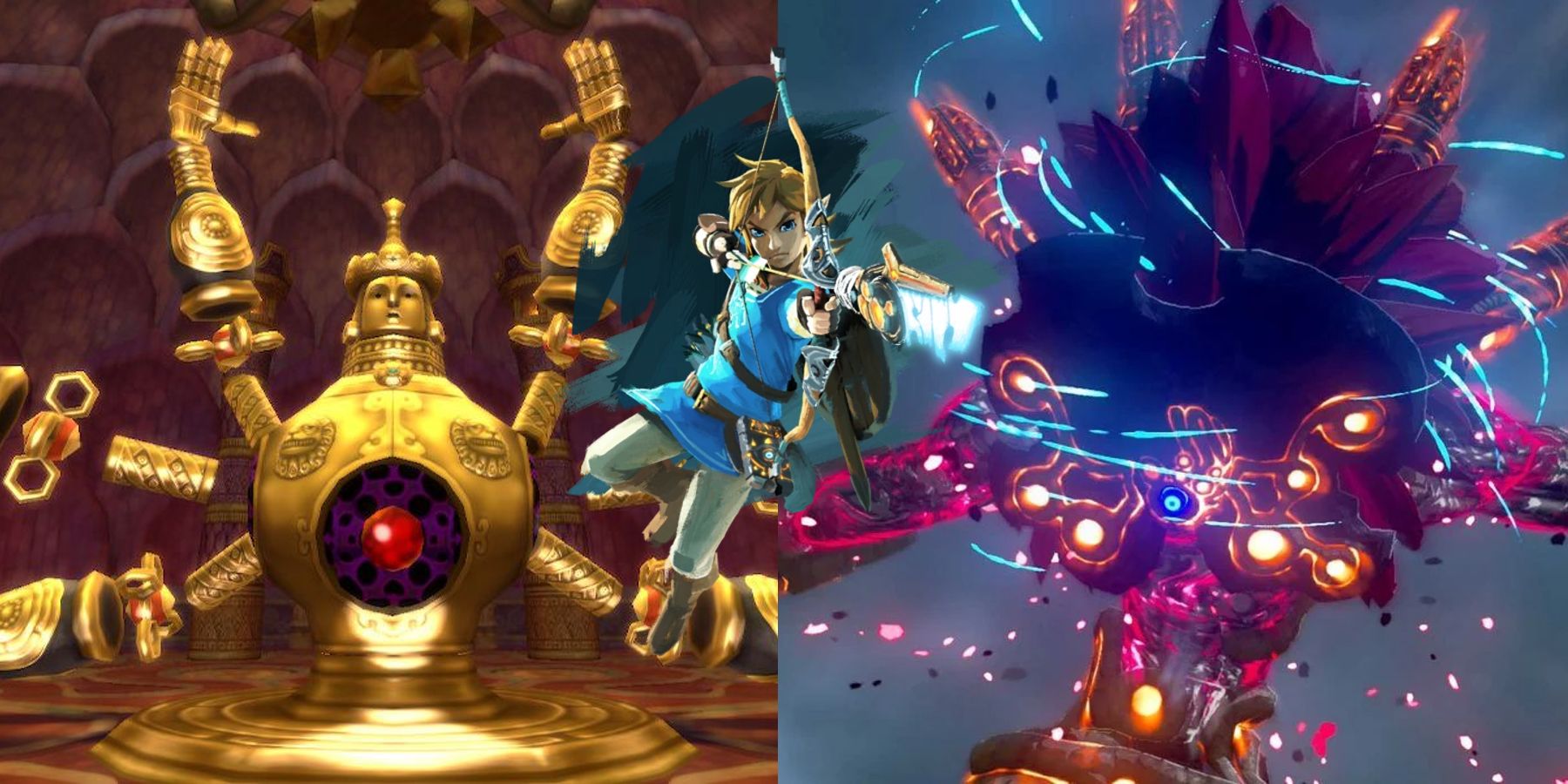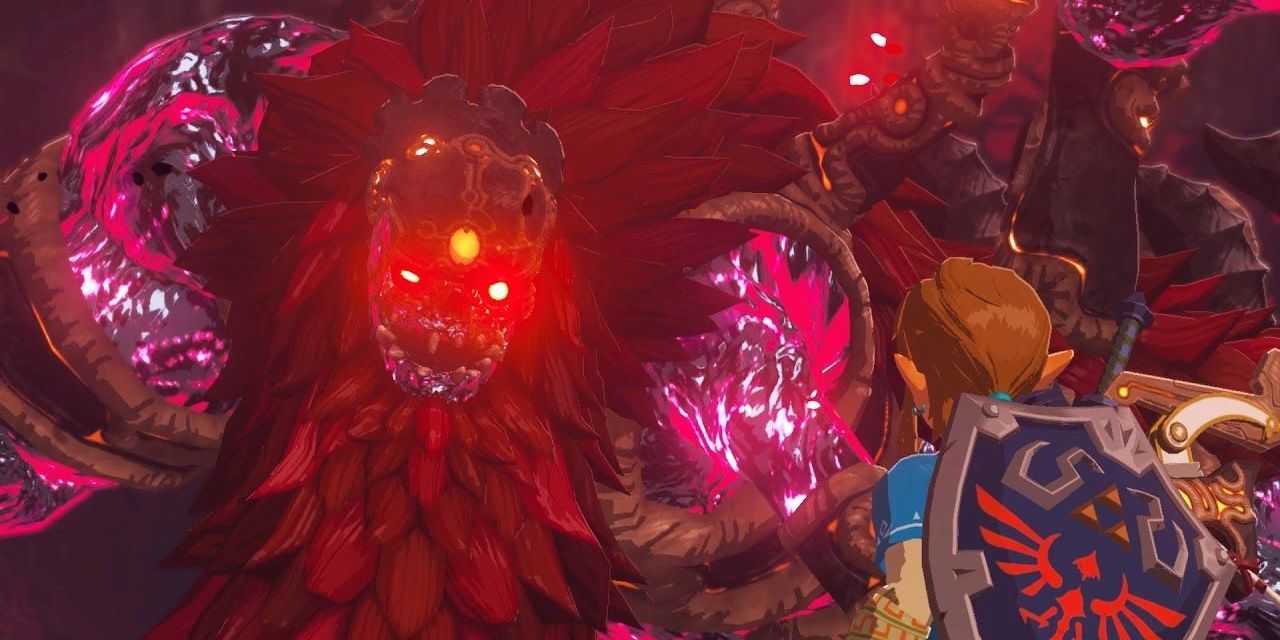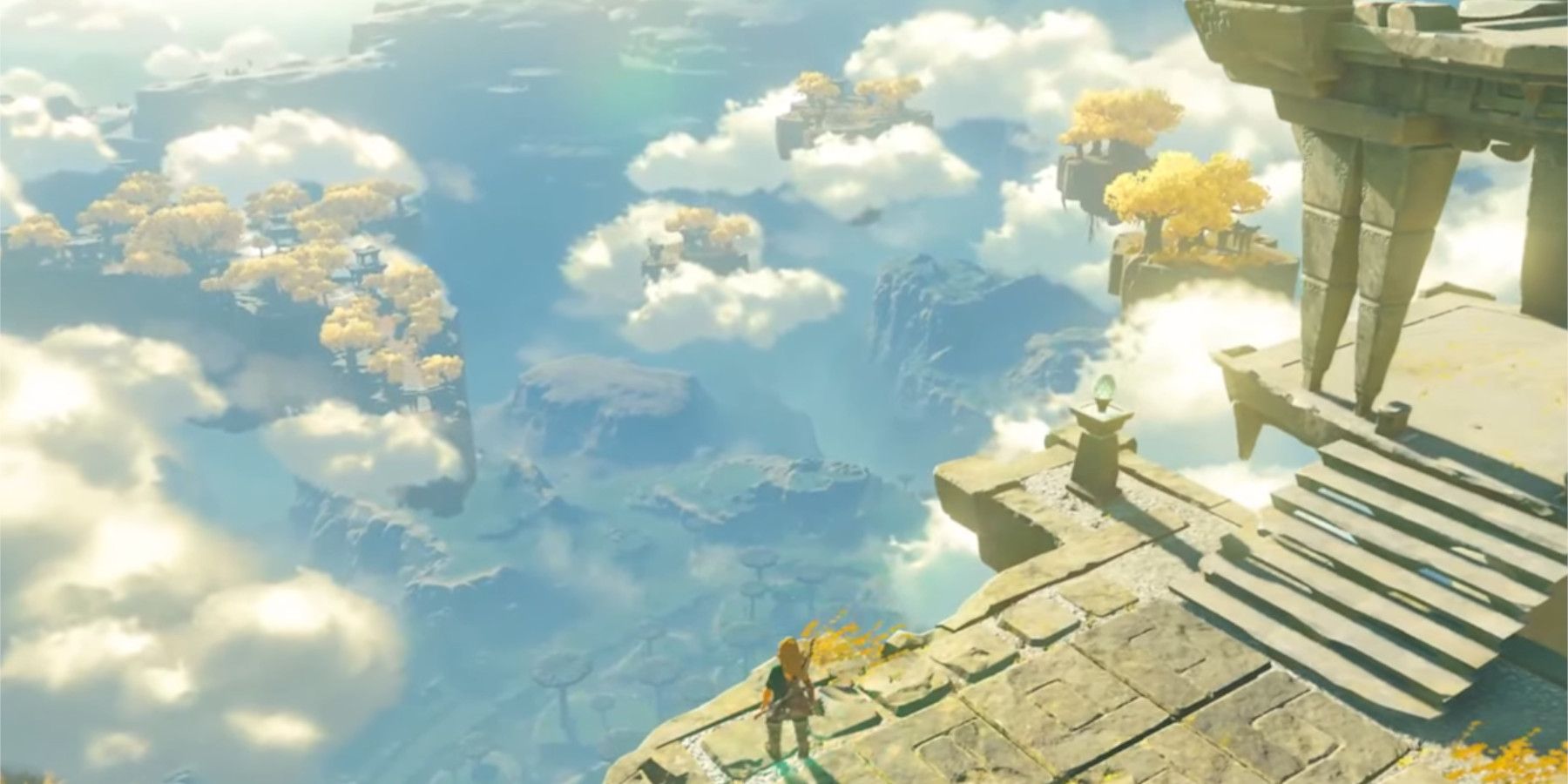The Legend of Zelda: Breath of the Wild launched the Nintendo Switch on a high note, to the extent many don't refer to the game as the Wii U's swansong despite spending much of its marketing cycle in development for that earlier console. Breath of the Wild was critically acclaimed and beloved by fans as a new take on the long-standing Zelda universe, so the Switch-exclusive sequel Breath of the Wild 2 seemed inevitable. However, not every part of the first game was universally praised.
Hyrule became an open-world sandbox in Breath of the Wild, more inspired by its NES ancestor's focus on exploration and uncovering secrets than the linear dungeon-based formula distilled by Ocarina of Time. Many love the emergent gameplay inherent to this world's physics engine, and Breath of the Wild sets a uniquely quiet, contemplative tone. That said, making everything more open meant the game's narrative faltered in the eyes of some fans, especially given it was relegated primarily to flashbacks. This open design also had an effect on boss battles.
Bosses in The Legend of Zelda franchise never get complex; many are meant to test a player's understanding of the new tools they received in a dungeon by going through a pattern of (typically) three phases. However, even though Zelda bosses can often be boiled down to "hit the glowing red eye," many are fondly remembered for their diverse theming and epic scale. With Breath of the Wild 2 returning to Hyrule instead of blazing its own trail, it should bring back this style of boss design that Breath of the Wild largely forgot.
Breath of the Wild's Bosses
There are a few different "tiers" of bosses in Breath of the Wild, but even so there isn't a huge amount of variety on offer. First, there are powerful enemies strewn about Hyrule that a player will encounter in significant locales. Lynels are considered one of the toughest challenges for new players, though they don't come with a unique health bar. Those more demarkated "mini-bosses" are variants of the cycloptic Hinox, stone golem Talus, and Gerudo Desert-dwelling Molduga.
The Guardian Scouts found in 20 of the 120 Shrines considered a "Test of Strength" could also be considered boss fights. They don't have special health bars, but they are more powerful versions of the enemies found in other Shrines that now fight in unique arenas - even if their patterns are formulaic and easy to learn. After that there are a few named, one-off bosses in Breath of the Wild's world; for instance Master Kohga of the Yiga Clan, and Monk Maz Koshia from The Champion's Ballad DLC. Naydra, a Malice-corrupted dragon at the top of Mount Lanayru, could also be considered a boss.
Divine Beasts are the closest thing to dungeons in Breath of the Wild, as they take the more isolated focus of most Shrines and turn them into larger environmental puzzles that involve manipulating positions of various body parts to unlock terminals. At the end of each Divine Beast is a fight with a Blight Ganon; four bosses that killed the Champions of Hyrule 100 years prior and must be stopped to free their spirits. The Blights look and act similar to one another despite having unique gimmicks, which becomes more apparent if players skip the Divine Beasts and instead duel them in a gauntlet before the final boss: Calamity Ganon.
How Breath of the Wild 2 Can Improve Bosses
The fact that Breath of the Wild players can go anywhere once they complete the Great Plateau is one of its most important selling points, but it also limits the game somewhat. In older Legend of Zelda adventures, developers could ensure casual players only reached a boss after completing certain trials, meaning they could ramp up intensity over time. Breath of the Wild must account for players reaching almost all of its content in any order, so overworld bosses like Hinox and the Blight Ganons are around the same stagnant power levels.
There is a progression to basic enemy strength as Link grows stronger, and Breath of the Wild's DLC Master Mode cranks this higher with powerful monsters and different layouts. However, the relative dearth of unique bosses and this relative power scaling leads to a lot of repetition and less-than-memorable climaxes. Each Blight Ganon may have different abilities, but it can still feel like battling the same foe four times at the end of "dungeons" with uniform designs. That's not to mention what many feel is an underwhelming cinematic battle with Beast Ganon at the very end.
Breath of the Wild 2 may be retaining the original game's general map and open exploration, but the way Hyrule is changing opens up the potential for more unique bosses. New enemy types appear in Breath of the Wild 2's E3 2021 trailer, such as what looks to be a magnetic golem, a Talus with a Bokoblin camp on its back, and some kind of slug in the ceiling of a cave. Add on Link's new abilities, from rewinding time using the Stasis Rune to some kind of flamethrower, and there's room to imagine bigger bosses with different win conditions in lieu of the Blights.
The upcoming game's Hyrule is also changing as chunks of land float into the sky, which means the negative space left behind will have to be filled. One possibility could be new dungeons in a traditional style with completely different aesthetics that fit the bosses at their cores.
If so, Nintendo should pull the best ideas from its past and adapt them to this modern style. Longstanding bosses like Gohma don't have to return, though they have been shown to work with various interpretations ranging from Ocarina of Time's parasite to Wind Waker's lava-dwelling beast. It's the mechanics that are important. Fan-favorite boss Koloktos from Skyward Sword encouraged players to steal its weapons by ripping out the automoton's limbs; and Stallord from Twilight Princess made great use of its environment to make the fight feel like a chase through ancient ruins.
Those aforementioned examples work well mapped onto Breath of the Wild mechanics like Magnesis and free-climbing, but are just a few examples of how Breath of the Wild 2 could diversify its bosses. There is room for pure combat challenges and tests of strength, but Zelda bosses shine when they feel more like a puzzle to solve. Breath of the Wild 2 should remember this and marry its award-winning formula with the kind of boss encounters that fans love.
The Legend of Zelda: Breath of the Wild 2 releases in 2022 for the Nintendo Switch.



